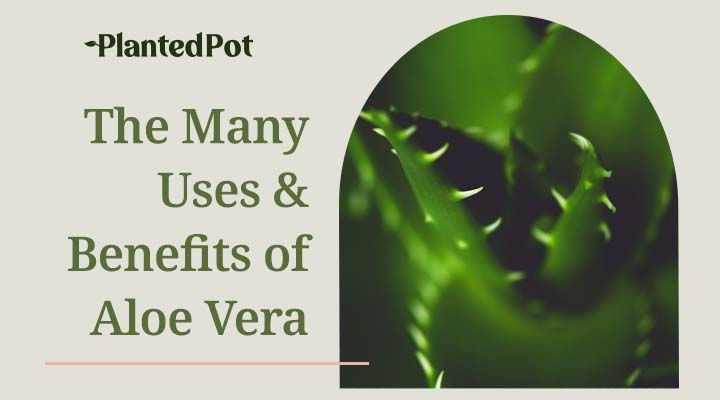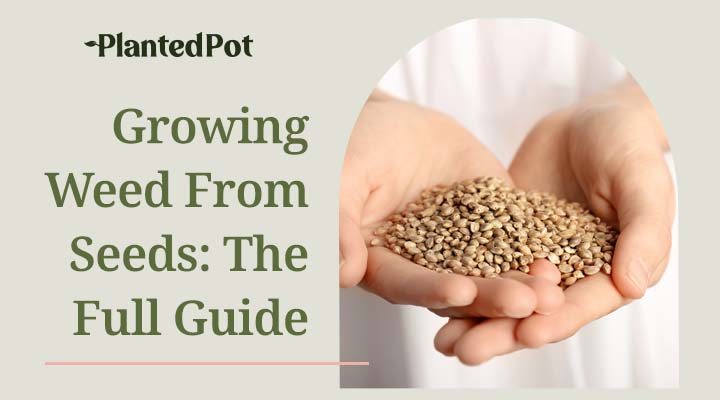
Ponytail Palm Care: A Guide to Cultivating Tropical Bliss at Home
Home / Ponytail Palm Care: A Guide to Cultivating Tropical Bliss at Home
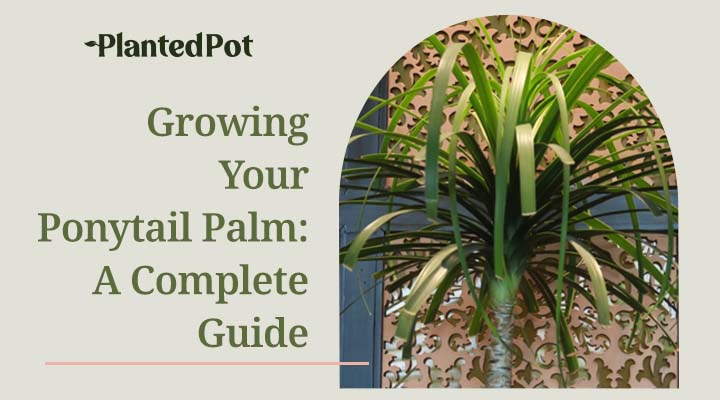
Ponytail Palm Care: A Guide to Cultivating Tropical Bliss at Home
- Zephyr Jaeger
- March 31, 2021
- 11:48 pm
- No Comments
Ponytail palms are beautiful evergreen plants that make a great addition to your home. These tropical-looking plants require very little care. In fact, ponytail palms are a “set it and forget it” plant, ideal for the busy ones who are never home. This slow-growing plant can live for decades (even centuries) with minimal care!
Ponytail palms are perfect for amateur plant owners who want a hassle-free plant-raising experience. Its long, palm-like leaves make it the perfect decoration and ornament for any household. Find out why the ponytail palm is so popular and all the best care tips for this wonderful plant!
What is a Ponytail Palm?
Ponytail palms (Beaucarnea recurvata) are part of the Agave plant family native to the desert regions of Mexico and other parts of Central America. Despite their name, ponytail palms are not trees or palms but are more similar to cacti or succulents. They thrive in dry, arid conditions.
The ponytail palm is most recognizable by the abundance of sprouting leaves from its thick, bulbous trunk. This thick stem at the base of the plant is where it stores water. This trait allows the plant to survive with very little water for extended periods. The stem also gives the plant its nicknames, “bottle palm” and “elephant foot tree.”
Although ponytail palms are popular indoor plants, they can grow up to 30 feet tall out in the wild! But when growing indoors, this tall house plant typically don’t grow past six feet. Ponytail palms also grow quite slowly, averaging only a few inches of growth per year.
Are Ponytail Palms Easy to Care For?
Yes, ponytail palms are one of the easiest houseplants to care for! Ponytail palm care is very straightforward and simple. As long as you don’t overwater the plant, it can survive for ages. You can leave the plant alone for a few weeks without paying any attention to it, and it will be perfectly fine.
Can You Grow Ponytail Palms Indoors and Outdoors?
Technically, you can grow ponytail palms both indoors AND outdoors. But, growing this plant outdoors can cause it to grow over 10 feet — that may be hard to care for!
The ponytail palm’s slow-growing nature makes it an extremely popular desk or houseplant. You can also try growing the ponytail palm can as a bonsai, trimming it to your desired shaped and preventing it from reaching its standard size. Bonsai is the famous Japanese practice of cultivating a miniature version of a larger tree or plant through traditional pruning techniques.
What Are the Benefits of a Ponytail Palm?
Ponytail palms make excellent indoor plants, and they are also great for your health!
- Better air quality – Like many other household plants, ponytail palms can absorb and break down toxic compounds in the air like formaldehyde, benzene, and toluene. Indoor plants can recycle carbon dioxide in the air and produce fresh oxygen, acting as a natural air purifier. By cleaning out the dirty toxins and pollutants inside our homes, plants can help us focus better and think more clearly.
- Stress relief – Indoor plants are great for adding a splash of color to your home, but did you know they can also help lower your stress levels? This 2015 study found that the people reported reduced stress levels and increased focus after tending to a plant for just a few minutes per day. The subjects also noted that they could breathe better, felt more peaceful, and even reported lower blood pressures and heart rate.
Because ponytail palms are so easy to care for, they are the perfect first plant for people looking to jump into horticulture. With these great air-clearing and stress-relieving qualities, there’s every reason to own one today!
Ponytail Palm Care Tips
It’s effortless to care for a ponytail palm. Still, there are a couple of things that you can do to encourage quality growth so that you end up with a magnificent plant that guests will notice right away! Check out our best tips to help you better manage this fantastic plant.
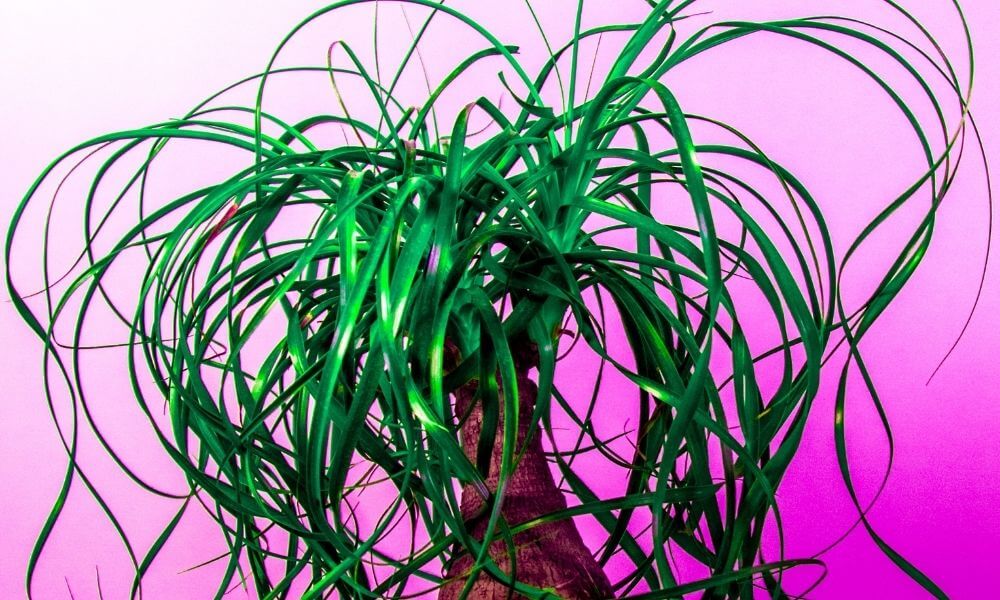
Finding the Right Pot
Since the ponytail palm prefers to live in dry conditions, use a well-draining pot to prevent water from getting trapped in the soil. Terracotta and clay flower pots are popular options because they are porous containers that will absorb some of the moisture and allow it to evaporate.
If you plan to keep your ponytail palm small, you can wait to repot the plan once every 2-3 years. If you are going for more size, repot every year to allow it to grow faster. Ponytail palms can still thrive even when they’re rootbound, meaning the roots have outgrown the soil and are bound by the pot.
Choosing the Right Soil
Just like a well-draining pot, it’s best to use loose, fast-draining soil that won’t trap too much water. You can use regular cactus or succulent potting mix, or you can create your own soil mix!
A great starting recipe to mimic dry, desert conditions are:
- 1 part regular potting soil
- 1 part perlite
- 1 part sand
Watering Your Ponytail Palm
Ponytail palms rarely need to be watered — they can last for weeks in dry climates. Remember that the bulb in the stem can store almost every drop of water in the soil. Like most plants, an overly moist soil that does not drain well can lead to root rot, so be careful not to overwater.
Allow the top 2-3 inches of soil to completely dry out before watering again. This could be anywhere from 2-4 weeks, depending on its environment. When you water the plant, thoroughly soak the soil and allow the excess water to drain from the pot.
During the wintertime, decrease the watering frequency since plants grow very little during the cold seasons. You may be watering as little as once a month during this dormant period.
Feeding Your Ponytail Palm
Don’t overfeed your ponytail palm if it doesn’t seem like it’s growing! Remember that it only grows a few inches a year at best.
The best growing seasons are during the spring and summer, when you can feed your ponytail palm about once a month with a cactus or succulent fertilizer. Avoid feeding during the wintertime as most plants are dormant and do not grow in colder seasons.
Many sites will give you different feeding periods, but to be safe, always err on feeding your ponytail palm less rather than more. The plant will continue to grow with or without fertilizer as long as it has good soil and sufficient water.
If you have just repotted your ponytail palm, allow up to 3-4 weeks for the plant to adapt to the new soil before feeding. Feeding too quickly after repotting can cause the fertilizer to burn the roots of the plant.
Placement and Lighting
Although ponytail palms love bright light and can even thrive directly under the sun, they are very tolerant plants that can grow well with low light!
Ideally, you should find the brightest place in your house that either gets bright indirect or direct light and place your Ponytail Palm in that spot to soak up the sun.
Make sure that the entire plant is receiving enough sunlight! You want your ponytail palm to grow evenly, so it doesn’t look lopsided once the leaves have grown out. It never hurts to rotate the plant once in a while to ensure it receives sunlight all around.
Humidity and Temperature
Ponytail palms prefer warmer temperatures and dry climates, typically around 60°F and above. If the temperature goes any lower, the plant may become damaged.
There’s no need to worry about keeping the leaves moist or wet. Ponytail palms are used to the dryness of the desert and rarely dry out. As long as the soil has a little bit of moisture, the ponytail palm will grow well.
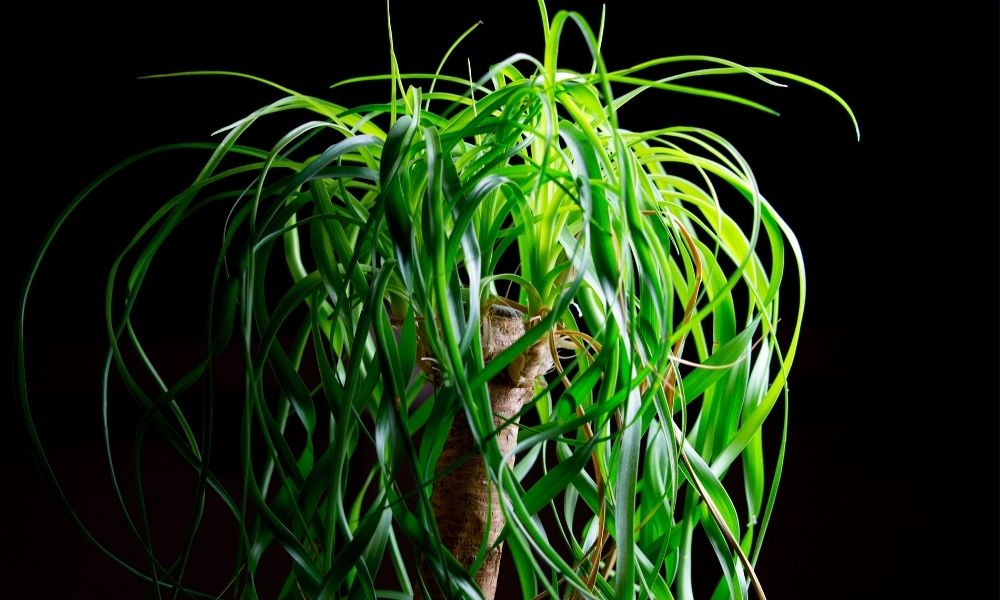
Pruning a Ponytail Palm
Ponytail palm leaves can sometimes grow up to 3 feet long. You might be tempted to trim the leaves so it takes up less space, but this can actually damage the plant. Cutting the leaves off can leave brown edges that ruin the beauty of the ponytail palm.
Instead, trim the stem at least 2 feet above the base of the plant if you feel like the plant is too tall. Trimming from the top will force the Ponytail Palm to grow from the side, giving it a true ponytail appearance. After a couple of weeks, new shoots will sprout from the base, giving the plant a cool multi-stem look.
If you plan on raising your ponytail palm as a bonsai, use special bonsai trimming shears to make quick, clean cuts that allow the plant to heal quickly. If brown edges begin to develop, you can use pruning paint to help the plant heal faster.
Common Issues Found in Ponytail Palms
The most common issue with ponytail palms is overwatering. Remember that more water doesn’t always equal more growth. Excess moisture can lead to root rot, which could cause the plant to die. Stay patient and follow the watering tips, especially for this slow-growing plant!
Here are some of the most common issues when raising a ponytail palm:
- Fungal or stem rot – Fungal or stem rot can result from overwatering. Typically, you will see brown or black on the leaves or trunk. Carefully cut off damaged or rotting areas and allow the plant to heal.
- Browning/yellowing tips – Brown or yellow tips on the leaves are often the result of over or under-watering. Overwatering will lead to brown tips with distinct yellowing of the leaves. Under-watering will often leave the leaves looking brown and slightly crispy.
- Pests and insects – Excess moisture can also attract pests like spider mites, scales, mealybugs. Luckily, they don’t usually cause too much damage to the plant and can be easily removed. Use cotton swabs with rubbing alcohol or a plant-safe insecticideto wipe down the plant.
How to Tell if Your Ponytail Palm is Dying
Some of the most common signs that your ponytail palm is dying are:
- Yellowing leaves
- Wilting or sagging
- “Mushy” texture
- Black spotting (mold)
In most cases, use clean, sharp shears to cut off the dying sections. If you want, you can repot with fresh, dry soil to give your ponytail palm new life.
Are Ponytail Palms Poisonous?
No, ponytail palms are not poisonous! The American Society for the Prevention of Cruelty to Animals (ASPCA) deems the ponytail palm non-toxic and safe to have around pets.
Final Thoughts – Ponytail Palm Care
Ponytail palms are unique plants that thrive with less attention and care, which may go against all your instincts. However, part of ponytail palms’ charm is their ability to thrive with little water, bright sunshine, and dry environments. They are the perfect starter plant for those beginning to decorate their house or for those who spend extended periods away from home!


